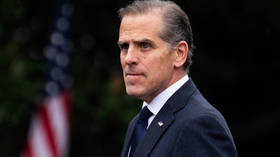
LONDON — Heathrow Airport (LHR) has formally submitted a $65 billion (£49 billion) privately financed expansion plan to the UK Government, which includes a third runway and new terminals. If approved, flights could take off from the new runway within a decade.
The expansion will boost connectivity with at least 30 new daily routes, modernised terminals, and capacity for 150 million passengers annually. The project aligns with Heathrow’s net-zero by 2050 commitment and supports long-term UK economic growth.
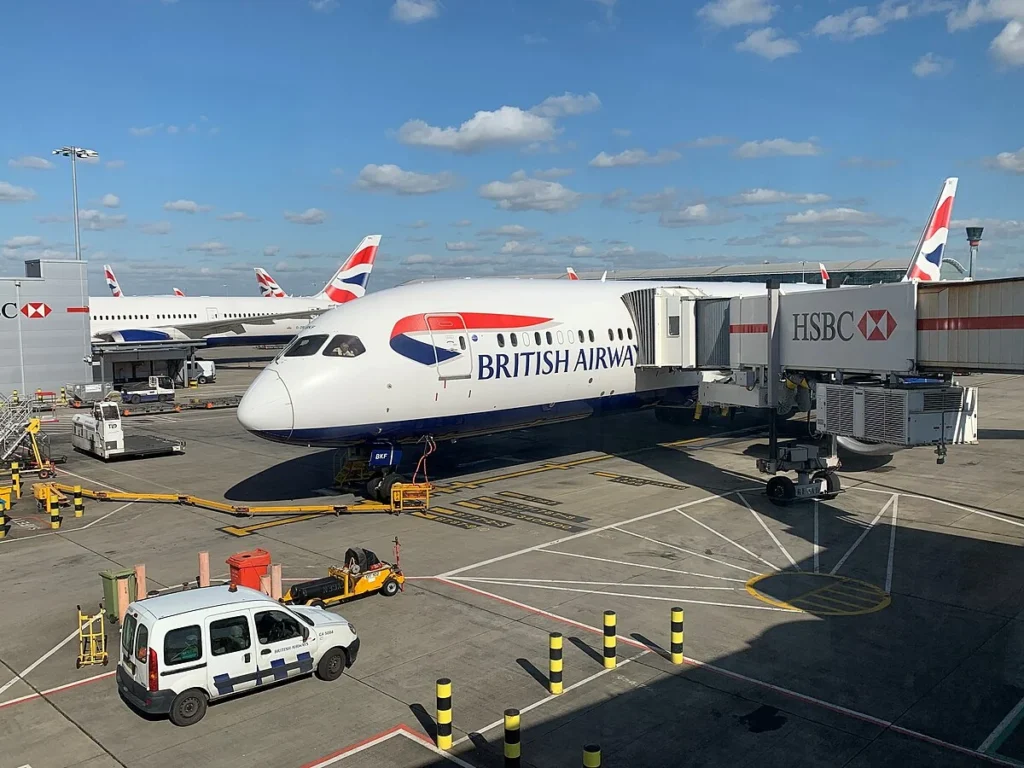 Photo- Tvcameraop; Wikimedia Commons
Photo- Tvcameraop; Wikimedia CommonsLondon Heathrow Plans Third Runway and New Terminals
Heathrow Airport (LHR), home to British Airways (BA) and others, has launched its most ambitious development yet. A third runway measuring 3,500 metres will lift annual capacity to 756,000 aircraft movements and 150 million passengers. Parliament has approved the proposed layout and design.
To support this, Heathrow will expand terminal infrastructure. The plan includes Terminal 5X, three satellite terminals, and a larger Terminal 2. Terminal 5X will serve as a second main entrance to Terminal 5, with a shared transport interchange.
The airport will phase out Terminal 3 and redevelop the Central Terminal Area. These upgrades aim to improve operations and passenger experience. Heathrow wants to streamline transfers across terminals.
Heathrow will invest $27.9 billion (£21 billion) on the third runway and airfield expansion, $16 billion (£12 billion) on new terminals and airport infrastructure, and $20.7 billion (£15 billion) to upgrade existing infrastructure. These costs reflect inflation and project complexity.
The third runway and initial works should finish by the mid-2030s. Terminal upgrades will follow in stages. All funding will come from private investors under a tailored regulatory system.
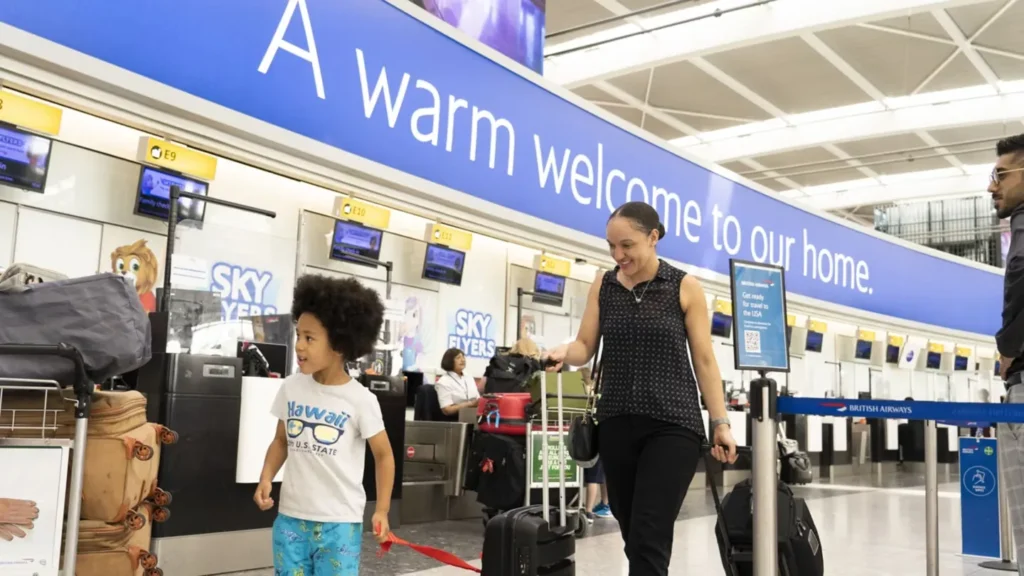 Photo- British Airways
Photo- British AirwaysHeathrow Airport’s Expansion Boosts Economy and Connectivity
Heathrow’s expansion could boost UK GDP by 0.43 percent. The airport supports over $260 billion (£200 billion) in annual trade and connects exporters to 92 percent of global output. A third runway would raise cargo capacity by 50 percent and add long-haul routes.
The plan will improve regional connectivity. Areas like Cornwall, Scotland, and Northern Ireland will gain better access to Heathrow’s global network. Business leaders across the UK welcome the inclusive growth model.
easyJet (U2) plans to scale operations at Heathrow. The carrier sees more competition and lower fares ahead. This may reshape Heathrow’s accessibility for budget travellers.
Surface transport links will also improve. A new road tunnel, two parkways, and upgraded rail connections are planned. Walking and cycling paths will promote greener journeys.
Construction and operations will generate tens of thousands of jobs. Around 60 percent of supply chain spending will support regions beyond London. A community fund will assist local residents.
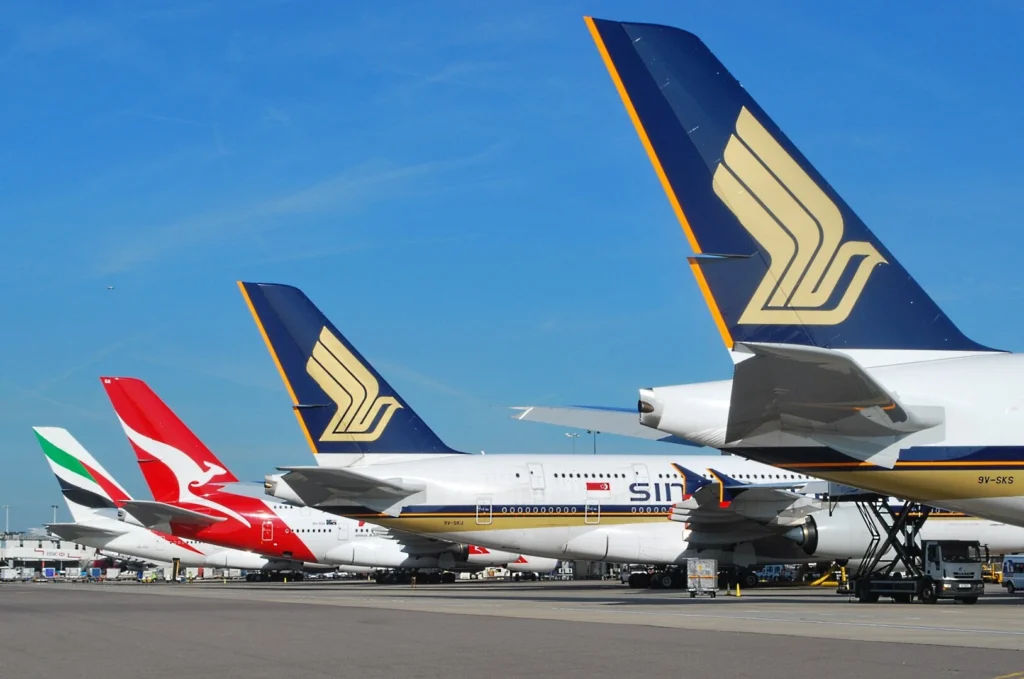 Photo: By Simon Boddy, CC BY-SA 2.0, https://commons.wikimedia.org/w/index.php?curid=31619562
Photo: By Simon Boddy, CC BY-SA 2.0, https://commons.wikimedia.org/w/index.php?curid=31619562Heathrow Airport Aims Long-Term Sustainability
Heathrow aims to reach net-zero emissions by 2050. Since 2019, it has cut flight emissions by 10 percent and ground emissions by 15 percent. Sustainable Aviation Fuel (SAF) and clean energy drive this strategy.
Redesigned airspace will reduce delays and holding patterns. This improves punctuality and cuts emissions. Current air quality monitors remain within legal limits.
Heathrow has reduced its noise footprint by 41 percent since 2006. Expansion will standardise flight paths and lessen disruption. Environmental assessments will continue throughout the project.
New terminals will adopt energy-efficient designs and support electric vehicles. SAF infrastructure and low-emission ground equipment will be built in. These steps align with the UK’s climate goals.
Heathrow will engage closely with regulators and communities. It aims to set global standards in green aviation. Ongoing consultation will ensure progress is transparent.
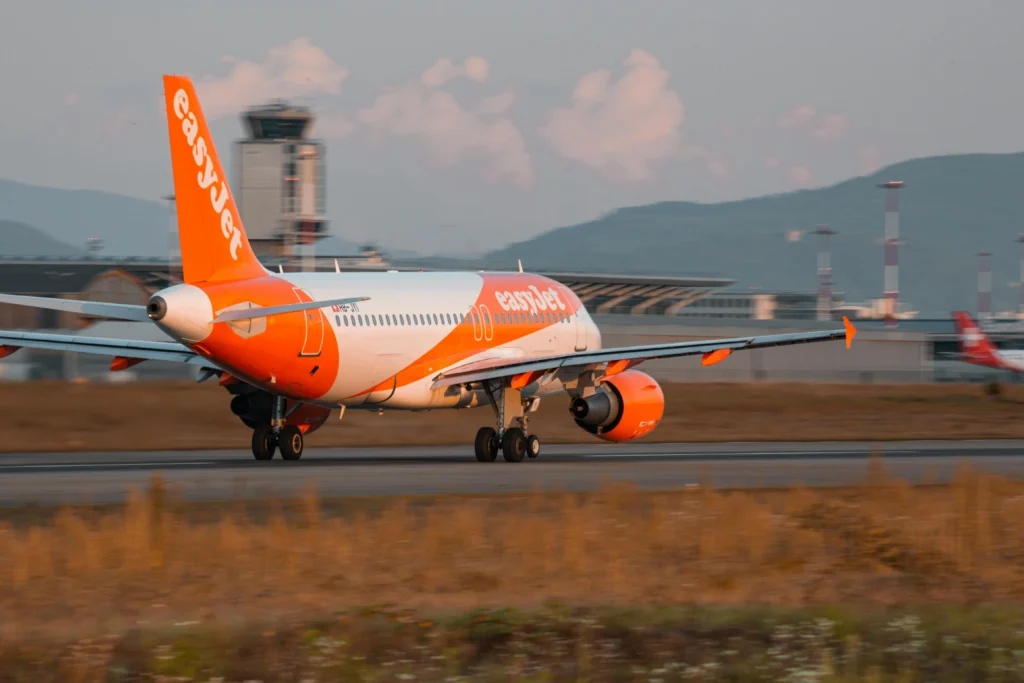 Photo- Pexels
Photo- PexelsGovernment Support and Industry Backing
Business groups strongly support the expansion. The Confederation of British Industry, British Chambers of Commerce, and Federation of Small Businesses see trade and regional growth opportunities. They call it a national priority.
easyJet (U2) endorses the expansion plans. The airline expects better fares and more consumer choice. Heathrow could soon serve more price-sensitive travellers.
Regional airports like Newquay (NQY) back the third runway. They ask for fair slot allocation and affordability. Regional involvement will remain key during planning.
The Heathrow Business Coalition, which includes exporters and logistics firms, supports the project. Members say it will boost competitiveness and supply chains. They view extra capacity as essential.
CEO Thomas Woldbye confirmed Heathrow is ready to proceed with approval. Past projects like Terminals 2 and 5 finished on time and on budget. A government decision is expected by September to maintain timelines.
Stay tuned with us. Further, follow us on social media for the latest updates.
Join us on Telegram Group for the Latest Aviation Updates. Subsequently, follow us on Google News
Air New Zealand Suspends All Flights at this Airport
The post London Heathrow Airport to Spend $65 Billion on New Third Runway appeared first on Aviation A2Z.

